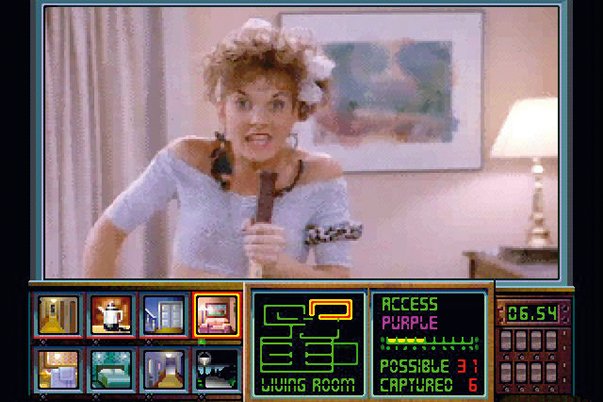Revenge of the FMV
Tracking the sordid history of interactive movies
In 1986, Riley teamed up with Tom Zito, another Bushnell employee, and presented a concept to toy-makers Hasbro: a console called NEMO that would use VHS tapes instead of cartridges. “The first product we rushed to market was the original Night Trap, which I wrote and directed. It wasn’t a cinematic feat in terms of great acting, great storytelling or great anything, but it was the start of live-action interactive.”
But Hasbro scrapped the NEMO project when faced with a humungous software development bill. “It wasn’t until 1991 that we reformed into a company called Digital Pictures - we were the first to figure out how to put full-image interactive material on a CD-ROM,” says Riley. “Night Trap spearheaded the FMV trend in the 1990s,” Paulsen agrees.
The early ’90s was the perfect climate for FMV. Sega launched their CD add-on for the Genesis and PC gaming grew up via CD-ROM. A glut of interactive B-movies flooded onto the PC platform: from soft-core filth (Phantasmagoria) to sci-fi shit (The Daedalus Encounter). So how did they work? David Foster of Digital Leisure, which distributes old FMV titles for PC, explains the science.

Sign up to the GamesRadar+ Newsletter
Weekly digests, tales from the communities you love, and more


